What better way to try out a new mirrorless camera and drone than on a road trip? Even better, a photographic road trip through one of the world’s most picturesque locations. So I packed my gear and headed off to Scotland, in search of mountains, lochs, and castles.
Imagining a photographic road trip
Having been born and lived in a little village in central China for almost 20 years, with hardly anyone around me who had actually left the province, I was always curious about the outside world. I could only try to imagine what it was like. To the extent possible, I learned about it through reading books, watching movies, and following the news. With lots of luck, and something of a ‘rebellious’ attitude, I am now able to satisfy my curiosity by seeing and experiencing places in person.
Zhicheng ‘Joe’ Zhou adopted the English name Joe’because it is easier to pronounce in the English-speaking world than Zhicheng and sounds similar to his surname ‘Zhou’. He was born in a remote town in central China. He had always wanted to travel and 10 years ago he had the opportunity to come to study in the UK. Joe has since worked in Hong Kong, New York and London, and travelled to over 20 countries (still counting). After gaining his professional qualifications with an international firm of accountants in London, he is now working for a UK bank.

I have found that a road trip offers the best connection with the landscape and local culture, as well as an element of thrill due to the possibility for spontaneity it brings. As one of the most scenic road trips in the world, North Coast 500, or NC500, covers approximately 500 miles (800 km) of stunning coastline in and around the Scottish Highlands. It offers breathtaking views of the beautiful landscapes, historic castles, and charming old towns of Scotland.
I was especially excited because this was the first road trip with my new mirrorless camera: a Sony A7 M3, with Tamron 28-75 f/2.8 lenses. I would also be taking my first drone, a DJI Mavic Mini (1st Gen).
My Mavic drone
DJI offers a semi-professional-grade Mavic Pro range that partners with Hasselblad. The Mavic Mini range was initially designed more as a toy rather than a flying camera for photography enthusiasts. This model represents a compromise between size and capability, as well as price points. The DJI Mavic Mini 1 is equipped with a 12 MP 1 / 2.3’’ CMOS sensor: a somewhat limited specification. I did not expect sharp images or crispy details from a modest camera looking down from a height of 100+ meters.
According to the Civil Aviation Authority (CAA), drones under 250g do not require annual registration. They can be flown in residential, recreational, commercial, and industrial areas, provided the area is within an allowed airspace and there are no local by-laws prohibiting use of drones. The DJI Mini is ‘cleverly’ designed to weigh only 249g, thus bypassing the stricter rules that heavier drones have to abide by.
Despite my enthusiasm for drone flying, there are two rules I always follow. First, I comply with UK CAA regulations. In addition, I never fly close to people or residential buildings. The DJI App incorporates CAA regulations by highlighting areas that are allowed or prohibited from flying.
Our photographic road trip begins
We picked up the car in Edinburgh, soon discovering that drivers all over Scotland, particularly those in lorries, liked to drive close to the back of our car. To make things worse, the car was small, underpowered, and seemingly lacking a lower gear. Nevertheless, we set off in an anti-clockwise direction, driving north to Inverness. This is where the NC500 officially starts, and so we stayed over for a night.
The first stop was Dunrobin Castle, a magnificent 19th-century stately home tracing its origins back to the early 1300s. It served as a stronghold for the Earls and, later, Dukes of Sutherland.
We saw magnificent rooms, furnished with antiques, and whose walls were hung with tapestries. We also visited the private museum displaying the family’s collections of ethnographic items from around the world.
Outside, in beautiful gardens leading down to the sea, with the Castle as a backdrop, we watched a falconry display.
The castle is close to the coast, thus providing a wider safe zone for the drone. Since the DJI App indicated the area was safe to fly, I took the drone out for its first flight. Unfortunately, as soon as the drone took off, the bright Scottish sky turned dark. Soon after, it rained. Luckily, I managed to take a few quick shots before it got too wet.
Further North we go
We continued our drive north, hugging the coastline. Instead of a castle, we saw mountains on the other side. On the lower slopes, sheep grazed, their white coats standing out against the green of the grass.
Just before sunset, we reached John o’Groats, renowned as the northernmost point of the UK mainland. Stepping from the car, a smell of fish and chips, emanating from a nearby van, reminded us of our hunger. But, as we approached, we realised that unfortunately the owner had just shut down for the day. However, acknowledging our long journey, the owner, a Scotsman, offered us a big box of chips — for free!
After staying at John O’Groats for a night, we set off, heading in the direction of Ullapool. Although we could not see the sun, visibility was good, revealing mountains and a river as we drove along. We paused our photographic road trip at multiple spots along the way. We saw breathtaking landscapes that I found difficult to capture through normal angles. These were just the situations where the drone could save the day.

Surrounded by rugged mountains and serene lochs, the charm of Ullapool, our next stop, lies in the untouched natural beauty that frames the settlement. The harbour, replete with fishing boats, was a reminder of the village’s long-standing connection with the sea.
Isle of Skye
Then on to the Isle of Skye and Portree, the beating heart of the island. Its picturesque harbour, lined with brightly painted houses, stands against a backdrop of rolling hills. The clear waters of the Sound of Raasay could easily define the natural beauty of the Scottish Highlands. Portree serves as a cultural hub. Its lively pubs, local seafood restaurants, and artisan shops bring together Scottish tradition and contemporary life.
As a nature enthusiast, the hike to the Old Man of Storr was an exhilarating journey through one of Scotland’s most majestic landscapes. As we ascended, the terrain unfolded. Each step revealed new views of the surrounding rugged terrain and endless seascape beyond.
Glenfinnan Viaduct: the Harry Potter bridge
This iconic railway bridge, made famous by the Harry Potter films, is an essential stop for a Harry Potter fan like me. Nestled in the picturesque landscape near Loch Shiel, the viaduct’s surroundings are steeped in history and culture, from the Jacobite risings to traditional Gaelic heritage. This place has a clear sign saying that no drone flying is allowed. Accordingly, my drone remained inside the car. However, I could see that someone else was obviously flying a DJI Mavic. Frankly, I was quite jealous that they probably caught a much better view.
As we rolled back into Inverness, completing our loop of the NC500, it felt less like the end of a photographic road trip and more like crossing the finishing line of an adventure marathon. Except, it involved no training, just plenty of enthusiasm. Scotland had thrown everything at us: rain that could soak you to the bone in seconds, wind that had us leaning at a comical angle just to stay on our feet, and landscapes so stunning they made my most boastful Instagram posts seem humble.
A tragic loss
Just a side note, this is also the last full trip of my drone. A few months later, when flying it on the Isle of White, I suddenly lost control of it. Midway through its return flight, it stopped moving. I then saw a Royal Navy ship cruising nearby. The drone was within my eyesight, so I excluded the possibility of a range issue. I was left wondering if it was the Royal Navy Ship that ‘shot’ it by sending interference signals.
The drone kept hovering at the same spot for another ten minutes or so, before it ran out of battery and eventually dropped into the sea. A newspaper headline — ‘Chinese Drone (flown by a Chinese Man) Shot Down by British Royal Navy’ — flashed into my mind for a few seconds. In my defence, the DJI app did not mark this area as a non-flying zone. Furthermore, I had not been aware of the Royal Navy ship.
It would therefore be fair to say that the NC500 journey was undoubtedly the highlight of the drone’s short life, tragically cut short by this dramatic event.
Have you visited this part of Scotland before? Do you have any experience of drone photography? Have you had any run-ins with The Royal Navy? Please let me know in the comment section below.
Want to contribute an article to Macfilos? It’s easy. Just click the “Write for Us” button. We’ll help with the writing and guide you through the process.

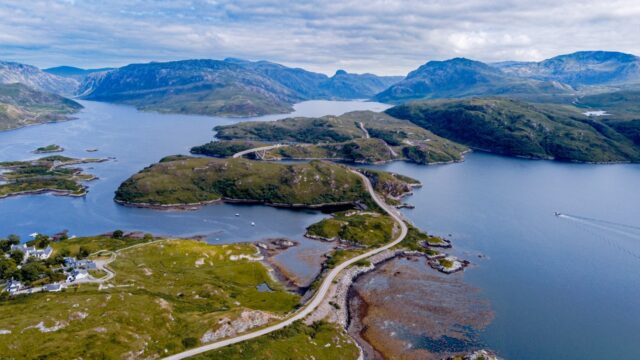
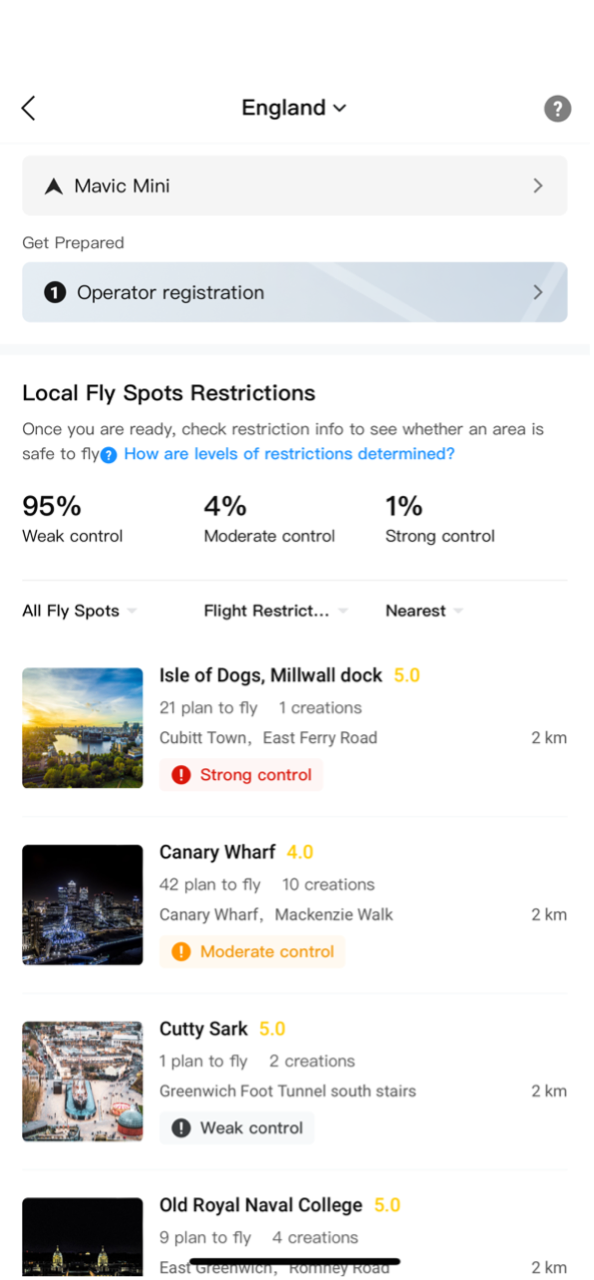
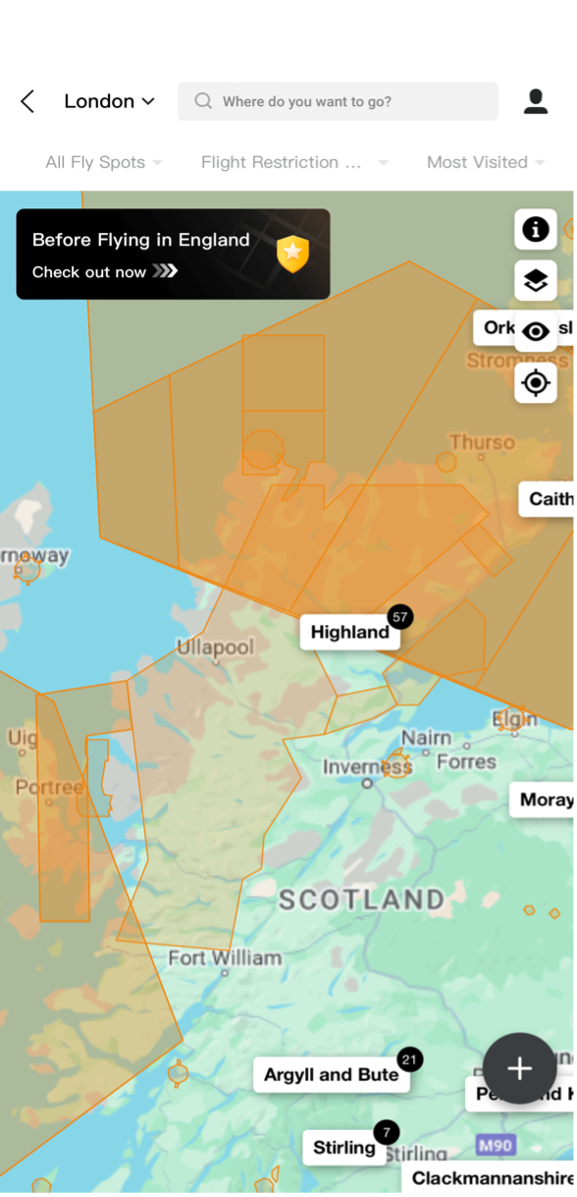
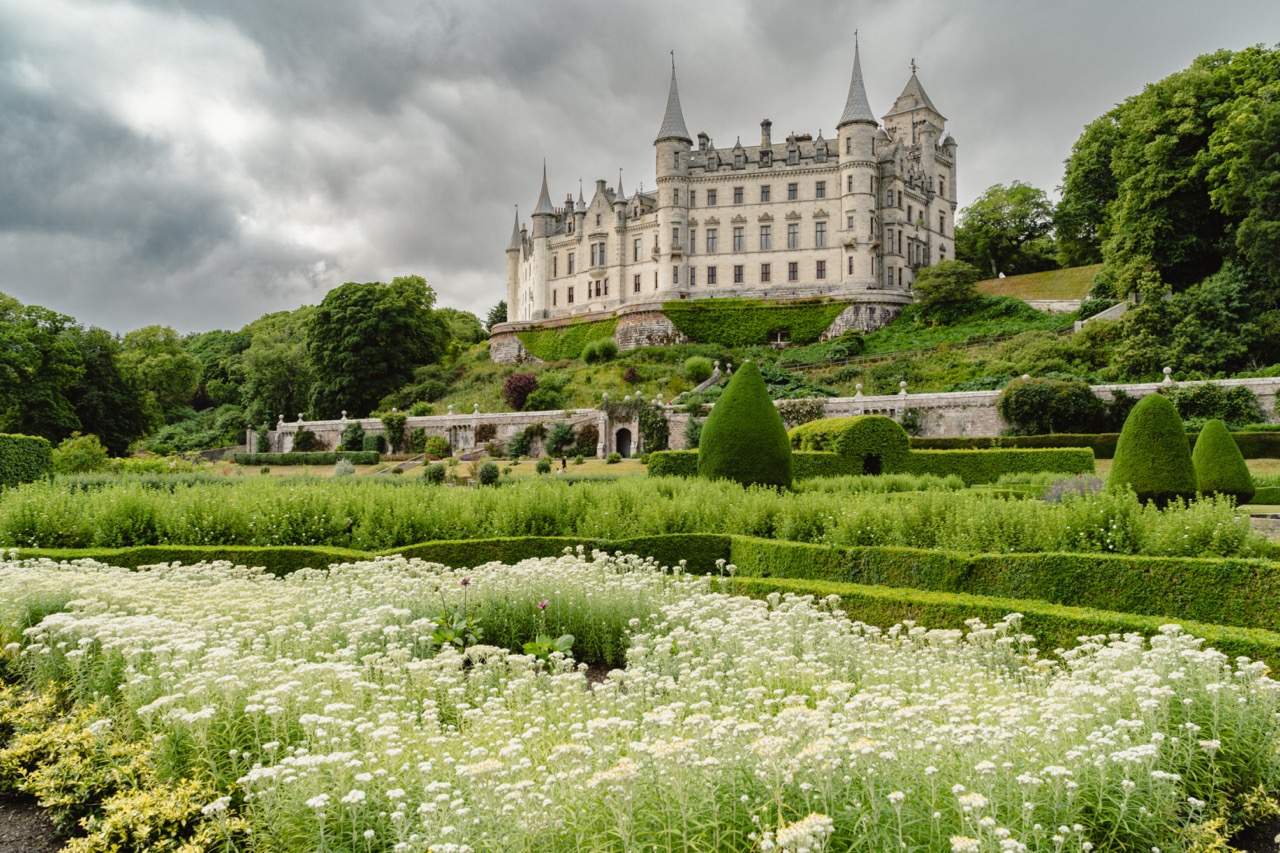
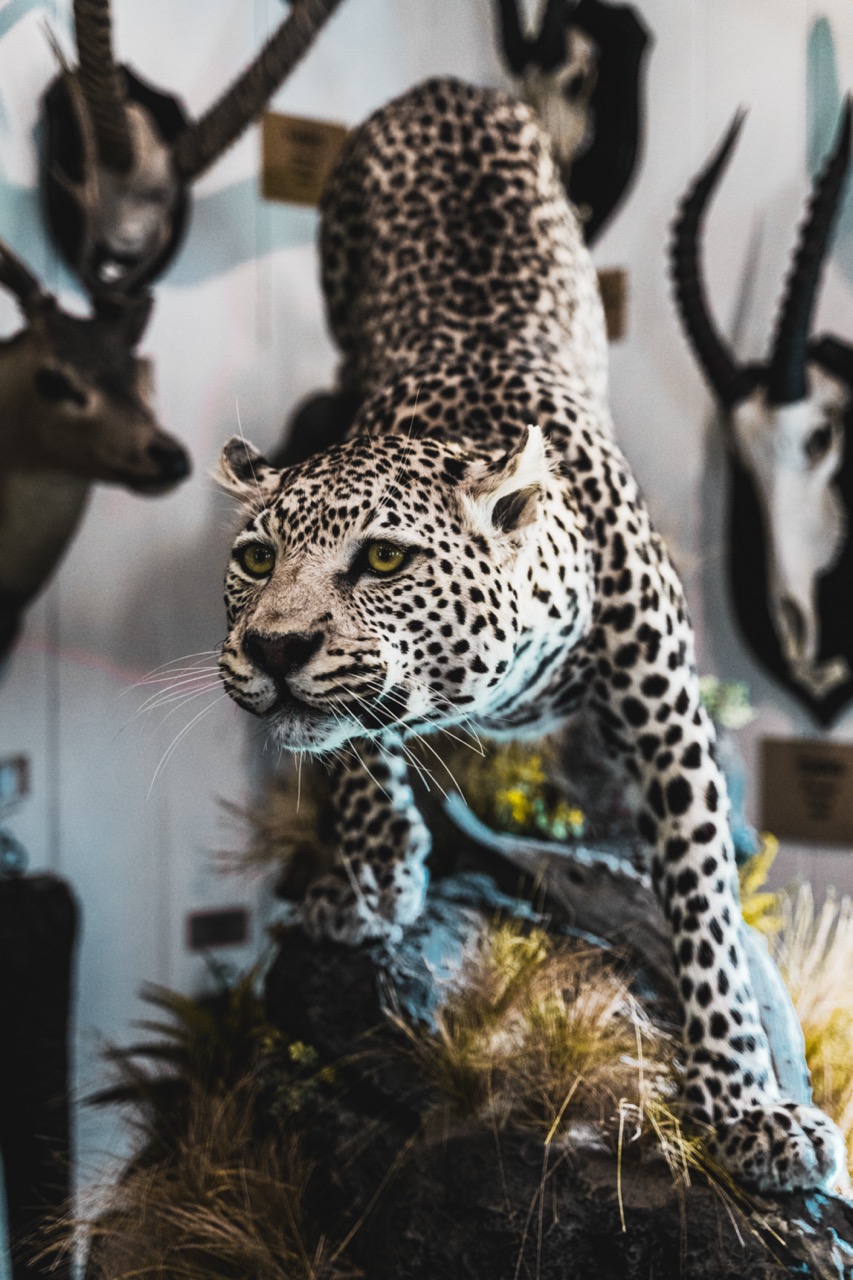
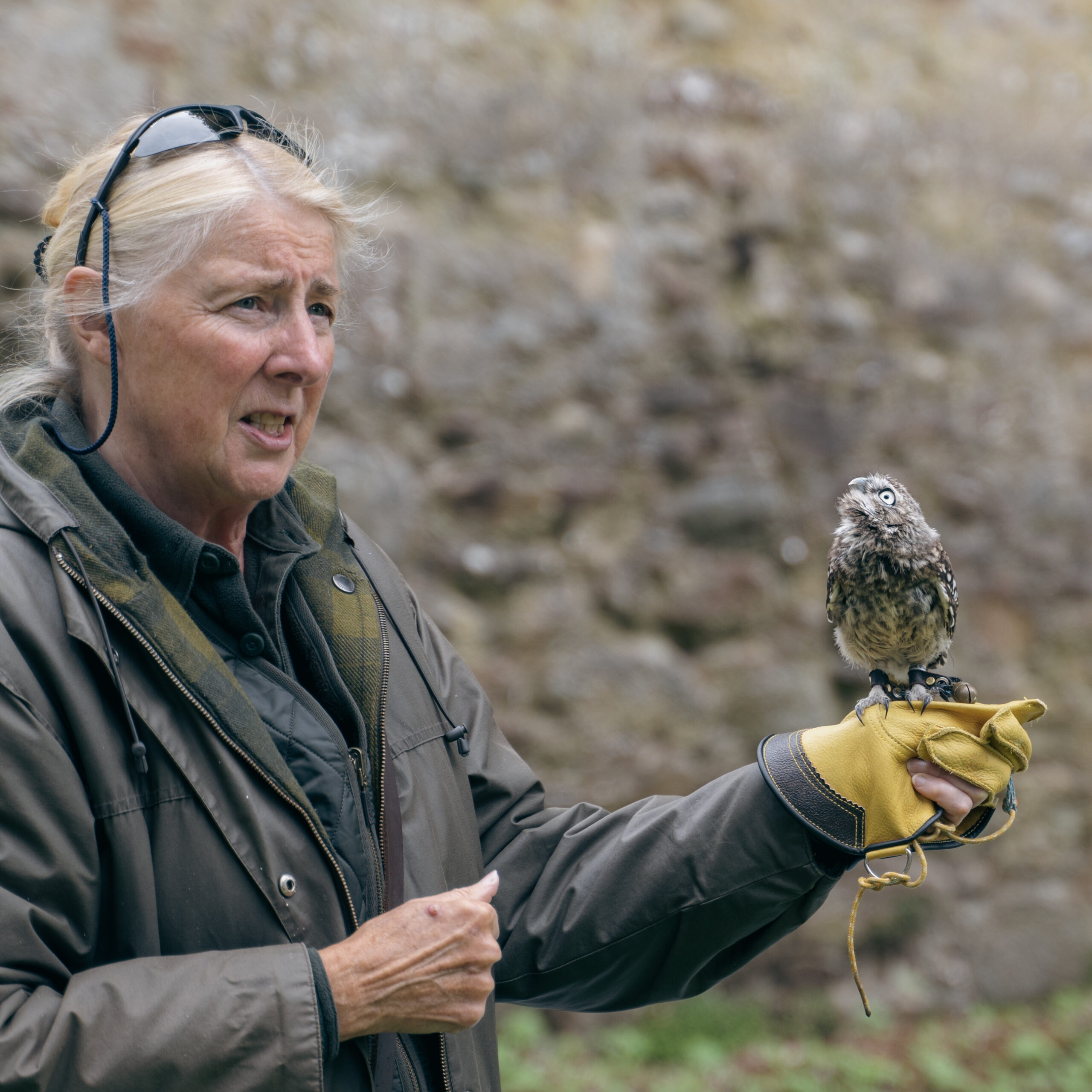
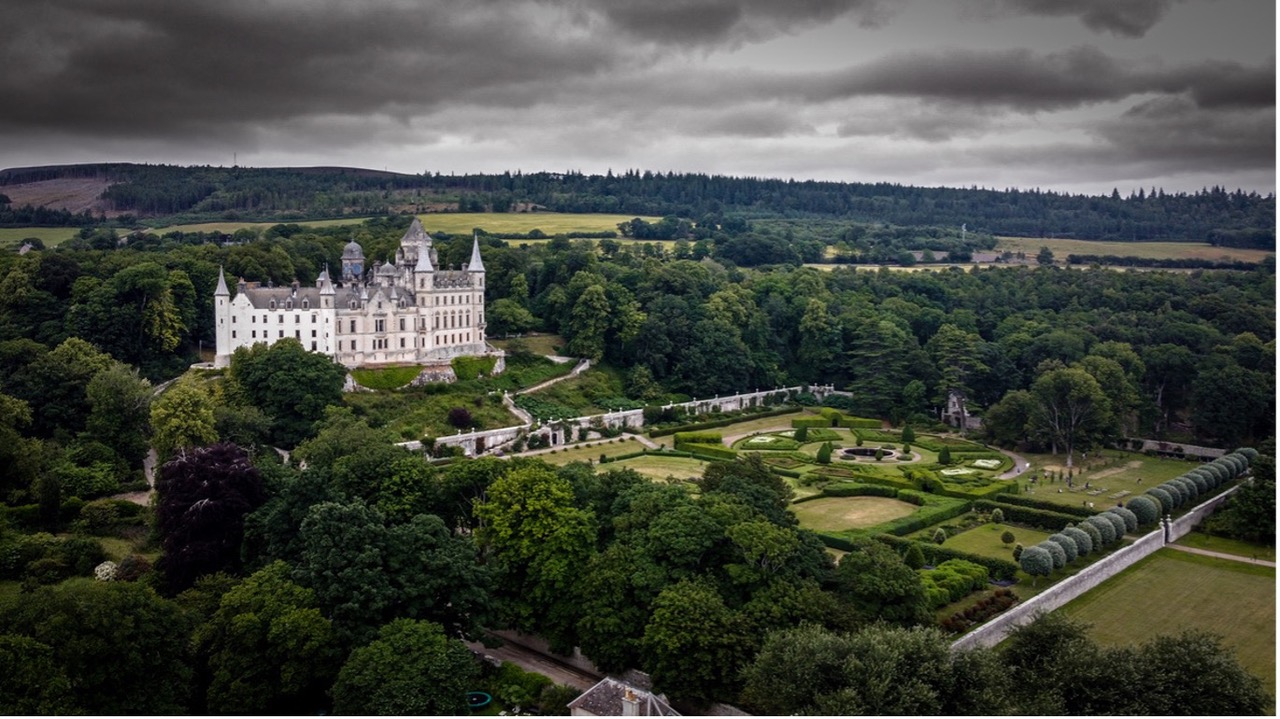
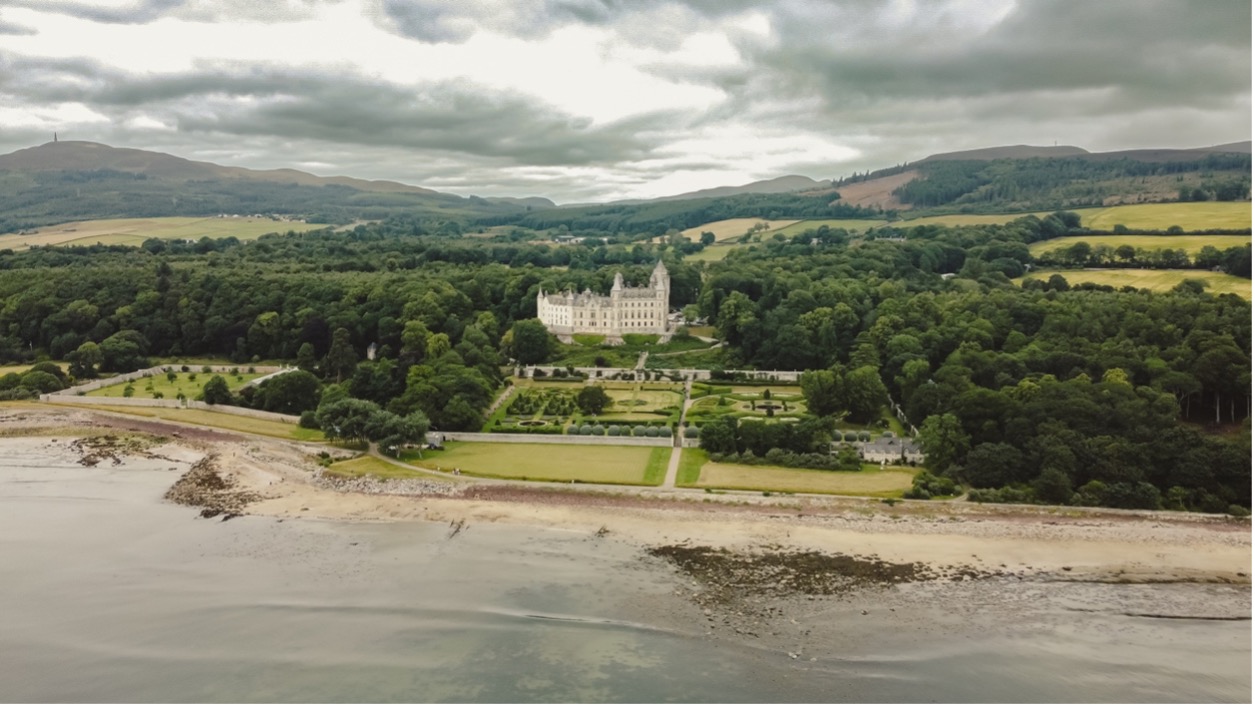
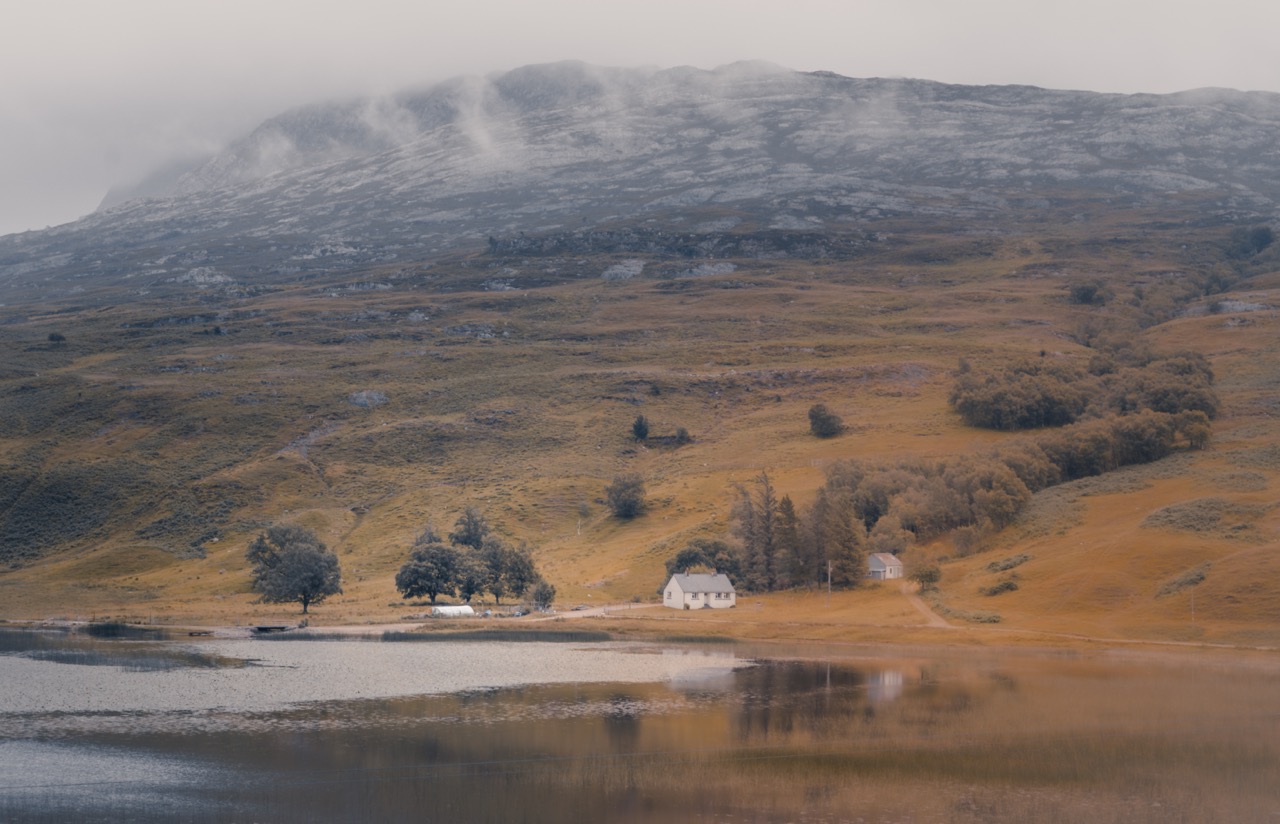
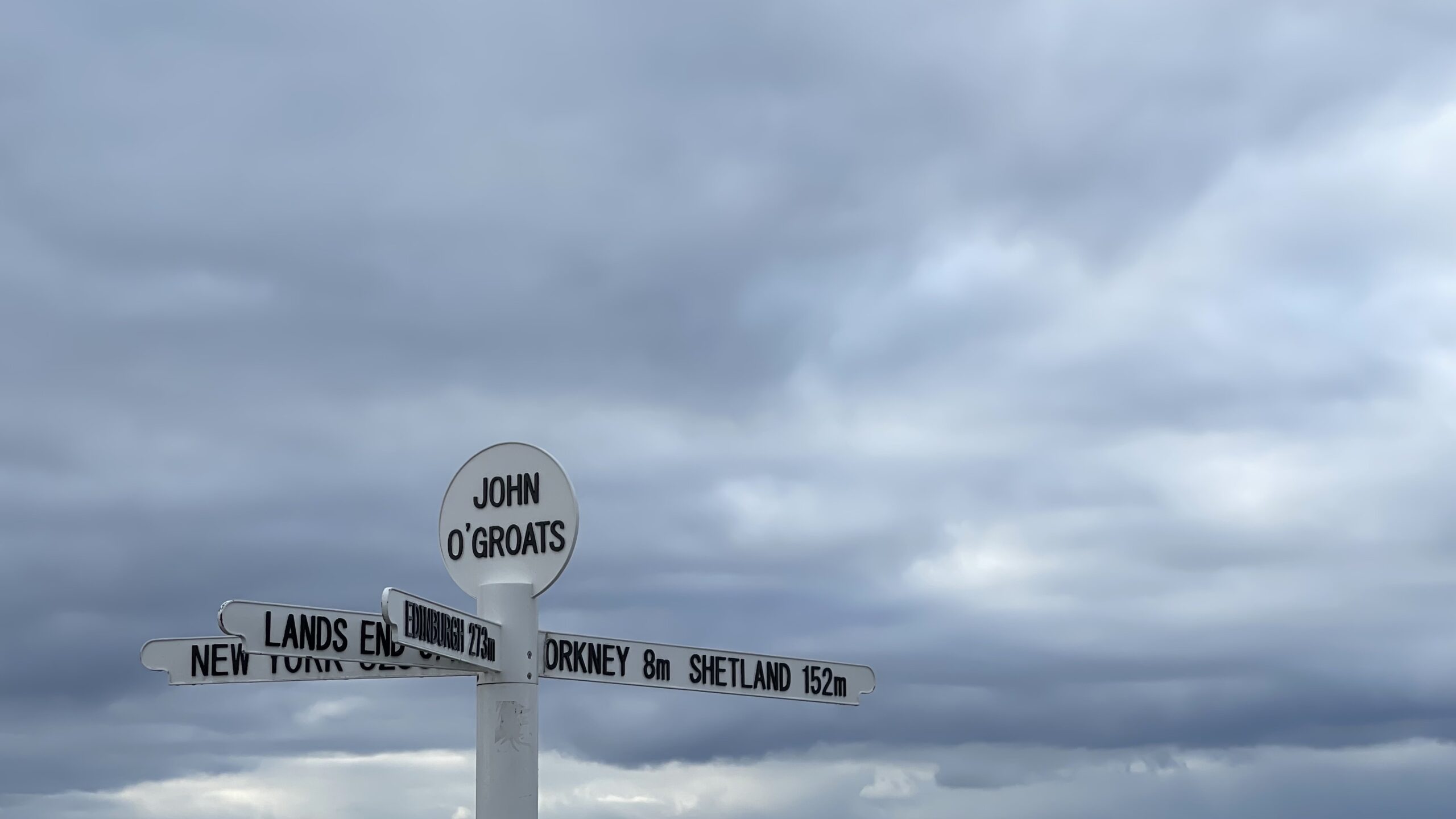
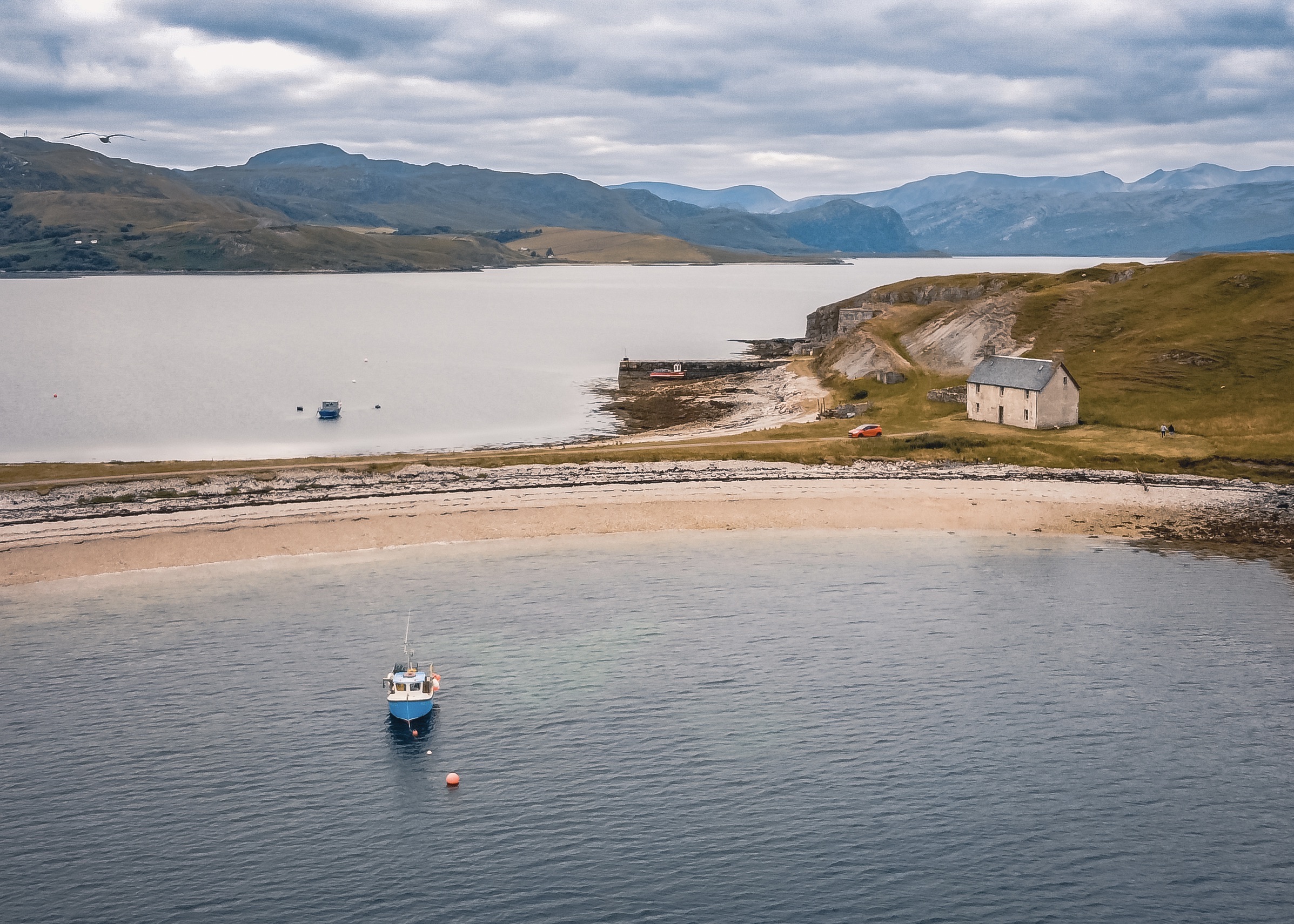
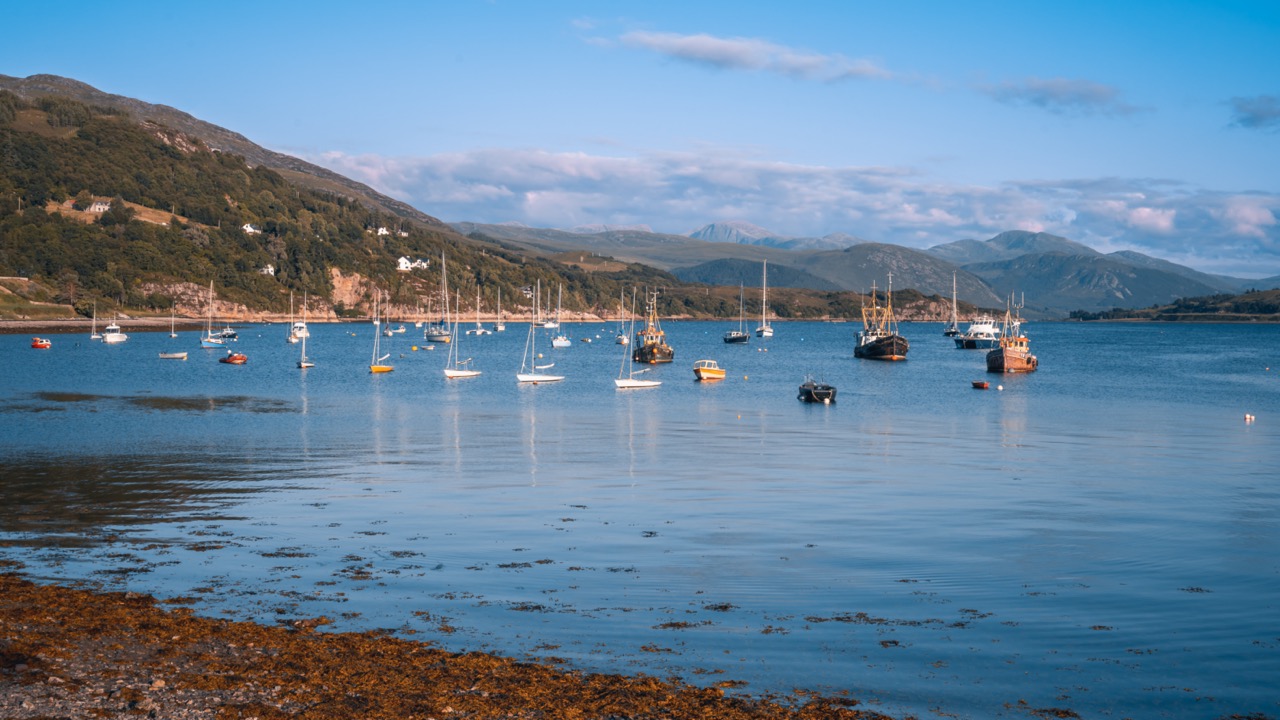
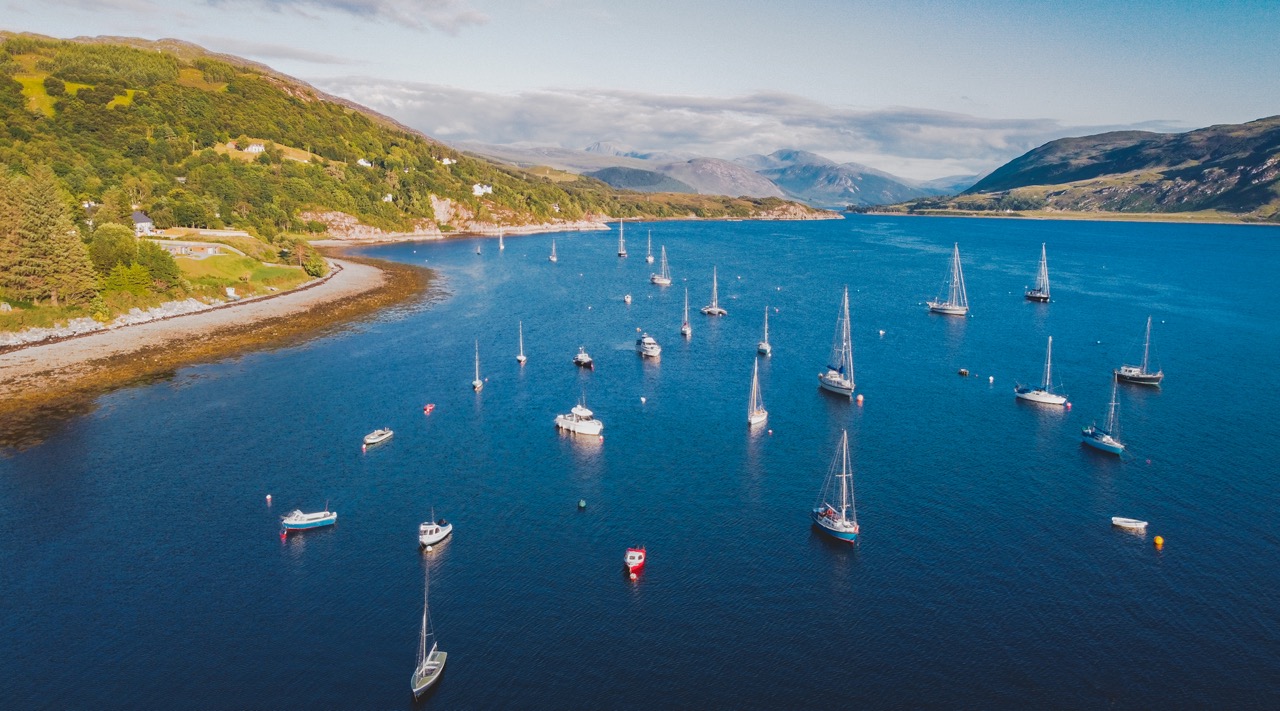
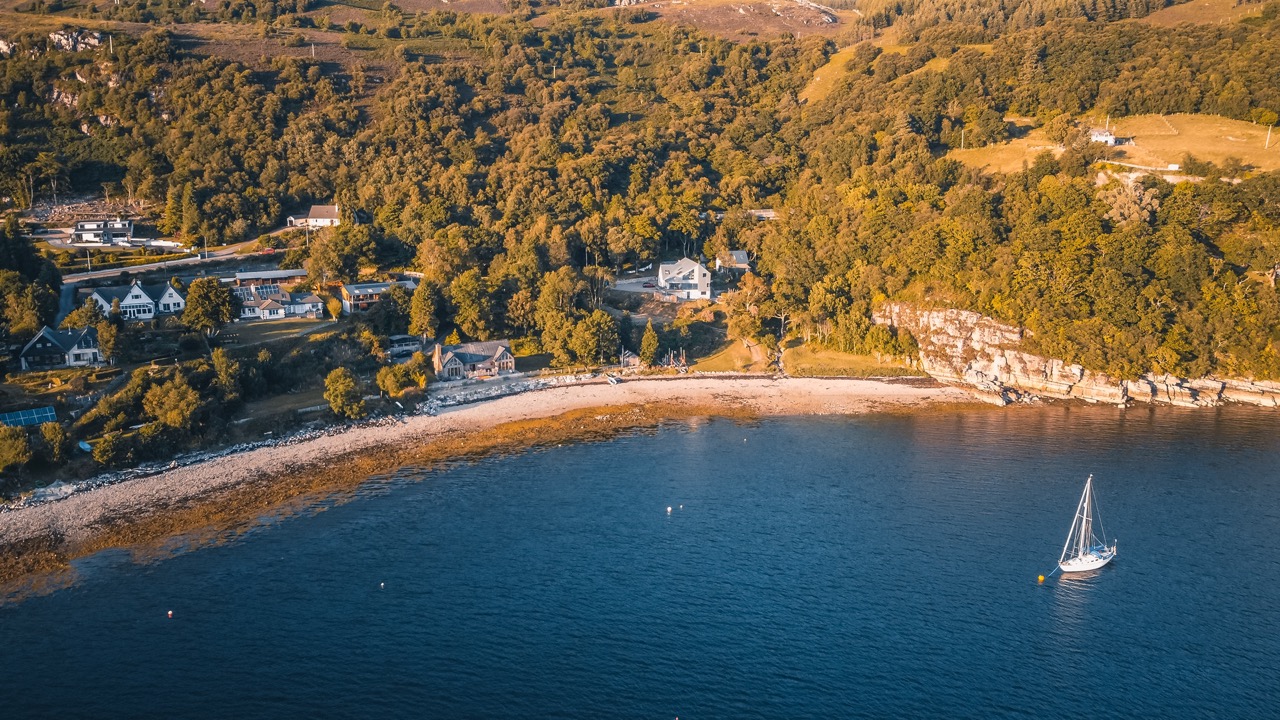
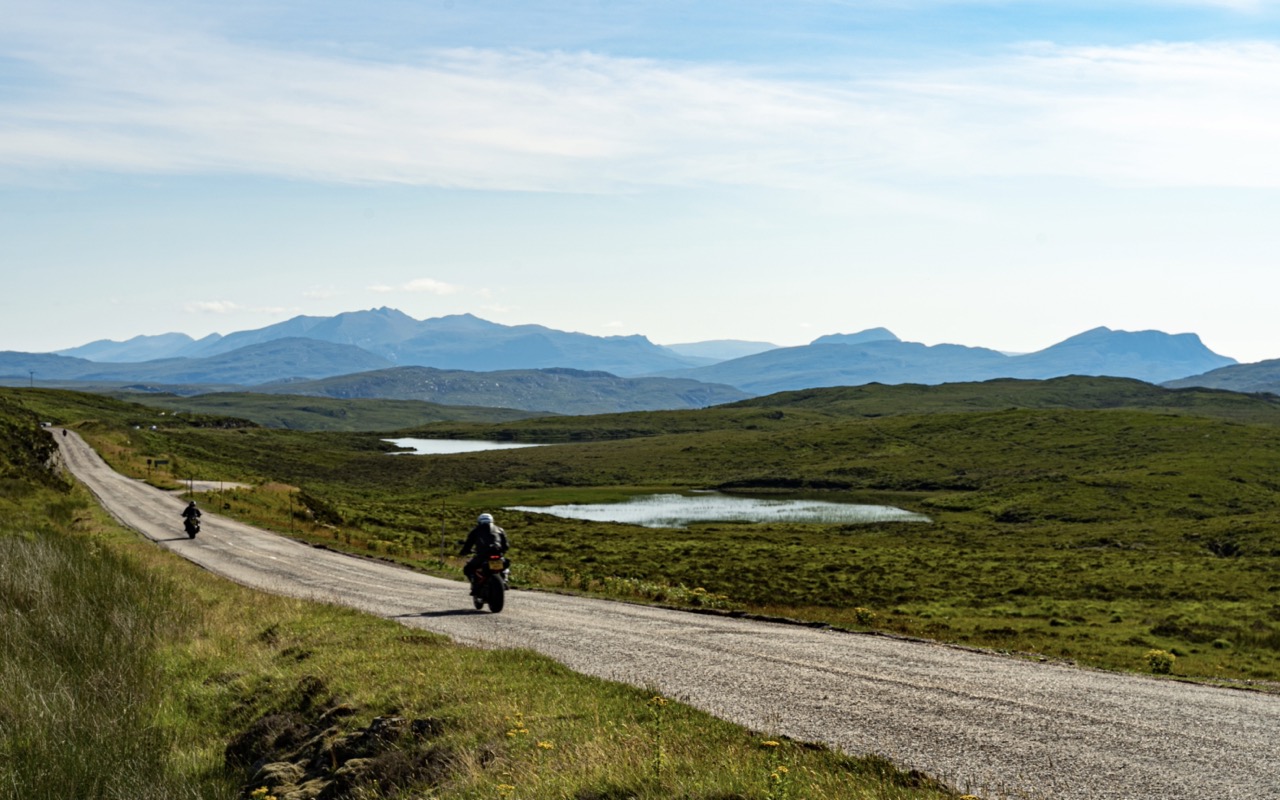
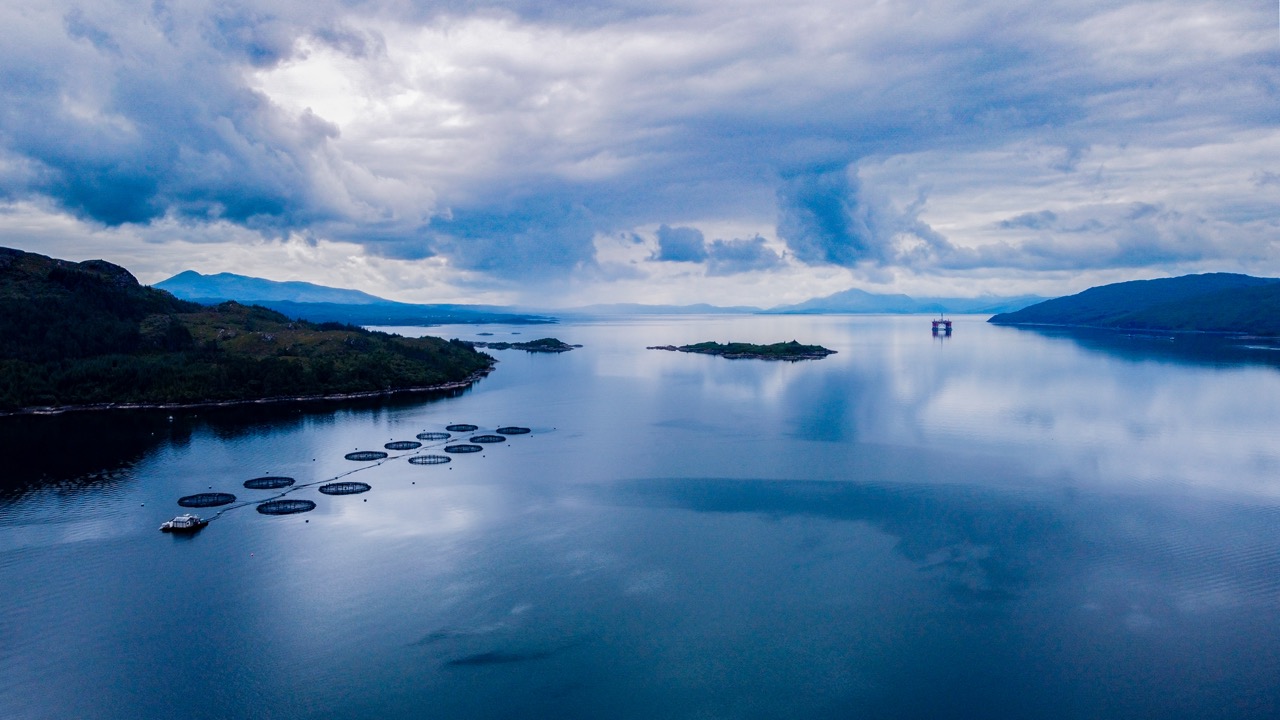
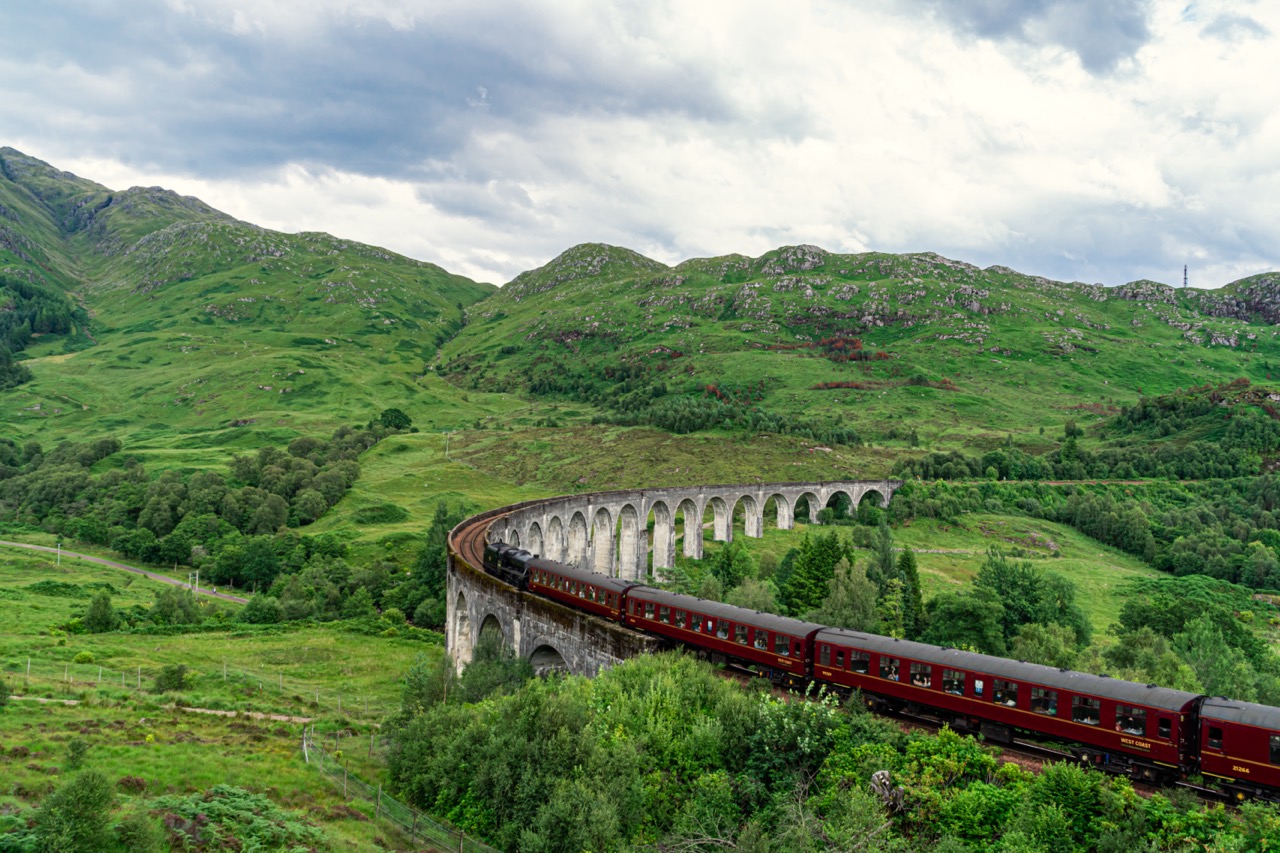




It’s a great article and great photos but a correction is needed . You are required to register a drone under 250g with the CAA in the UK and display your flyer id on your drone if it has a camera. I can’t seem to get copy and paste to here but if you Google CAA and drone regulations you will see the information
Oh I didn’t know that. Thanks for sharing Paul!
Great photos and article, Joe. Seeing places from the air always gives another perspective on places that we know at ground level. Sorry, to hear about your drone’s demise. Ireland is not that far away and is like Scotland in parts, but different. If you are tempted to come over here, get in touch with me through Mike and I can make some recommendations. I would love to see great drone photography of some parts of Ireland. Congrats on the article and photos once again.
William
Thanks William will do. As a big fan of Irish folk music and also The Cranberries, I have always wanted to visit Ireland properly.
Thanks Joe!
This is a wonderful article and some great images. I’m excited to follow in some of your footsteps later this year. I doubt I could ever handle a drone, but I think I can manage a Q3.
My wife and I are excited to be going to Scotland in late September/early October, driving clockwise from Glasgow to Oban, Isle of Skye, Grantown on Spey, and on to Edinburgh and Borders country. I have a particular desire to see the Jim Clark museum in Duns as he was a childhood hero.
Jon, we did an article on the Jim Clark memorial at Hockenheim in October 2018 when visited with friends. One of them is a lifelong fan and know (knew) Jim’s sisters. Every year he goes to a Scotland to visit the grave and have a reunion with the family.
Thanks Mike – that article is the reason why it’s on my list of places to visit. I have Clark’s death date in my calendar, as I do Ayrton Senna’s to remind me every year of two legends we should never have lost under those circumstances.
Thanks Jon. I can imagine that Q3 and Scotland would be a great match. Sep/Oct should be a nice time to visit a vibrant Scotland. Hope you have a good time there.
Thanks for the article and some great photos.
I was wondering how it was for composing on te drone. . . I’g guessing (?) that you compose partly by positioning the drone body? How much control did you have on exposure, speed, etc, in real time?
Drone or no, I think you still got excellent landscape shots.
Thanks Kathy. Very good question indeed. Everything the drone camera can see is transferred to my phone (attached to the remote control) in real time. It’s like playing with a remote toy car but this is in the air and the its direction can move 360 degrees with almost zero delay. The orientation and angle of the camera unit can move up to 90 degrees too.
There are 3 speed modes – sport for fast fun, normal for random shot, and slow for cinematic video shot.
Dear Joe, a warm welcome from me as well. An excellent debut for a Macfilos author – and a trip down memory lane for me as well. I lived for a year in Glasgow and travelled all over Scotland in this time. Glencoe I saw in much better and much worse conditions. Thanks for sharing your experience and the beautiful photos. Both fostered my decision to come back to Scotland in the future. I have never been back there for more than 25 years. Good to see that some things have not changed that much. All the best, Jörg-Peter
Hello Jorg-Peter, thank you. Writing is a skill I am trying to develop further and I am grateful that there are experienced editors here willing to provide constructive feedback.
25 years is a long time but I believe Scotland is a symbol of timelessness. All the best. Joe
Welcome to the Macfilos family, Joe. The NC500 is on my list of road trips to get done in the coming years, alongside a few in Europe and the common ones like Route 66 and the PCH, to name but a few.
If you fancy something closer than Scotland, try the N250 – which covers a whole chunk of Northumberland, and because of wavy roads a chunk of County Durham too – you will get some epic drone images on that journey, and see a piece of English heritage that I always say more should visit, but I am grateful they dont.
And I have to admit I laughed at that final headline thought.
I would be curious to read your thoughts on the new Fuji 100 series camera.
Thank you Dave. N250 sounds very interesting, especially given that i haven’t been to that part of England. I also did the western USA road trip last year covering Grand Canyon, Monument Valley, Antelope Valley, Death Valley and Las Vegas. Not sure if that route has its own name but the view and experience along the way was a memory of a lifetime.
I hope you will enjoy the trips in the coming years and hopefully to hear any experience you would like to share.
These must be the first drone shots I’ve seen on this blog. What sort of camera does the device have? I know absolutely nothing about drones and I don’t think I’ll try but it’s fascinating to see do different views of familiar landscapes. And… how long di you have to wait for that train to arrive on the viaduct?
Alan
Hi Alan, I believe drone photography is still new&niche, especially considering the safety and privacy concerns, as well as regulatory restrictions.
The camera on the drone is a very basic one, perhaps as good as what is on an iPhone 7. It is equipped with a 12 MP 1 / 2.3’’ CMOS sensor. The pros is that I could capture multiple images with various measuring points through a few simple touch on my phone while the drone is still flying, then I can merge all into 1 image through Lightroom. Thus the final image could capture much more dynamic range comparing to the original single shot.
About the train— I waited about half an hour, but most people there had waited longer. There were only a few trains passing by that day so better to catch the time right. Parking was quite a challenge too due to excess amount of cars.
Joe
But to get a shot of the vintage train instead of the regular (but infrequent) push-me-pull-me is quite a feat.
Excellent article and pictures, Joe. I’m looking forward to seeing more of you on Macfilos!
Thank you Andy!
Welcome from me also, Joe. It’s always good to have new authors join the team and I look forward to more articles from you. I hear you have just bought a Fuji X100VI but have owned X100 models in the past. How about a first-impressions review?
Mike
Thanks Mike. Yes I was one of the “lucky” ones to get the x100vi as soon as it was launched. It is my first Fuji, after having the Sony Rx100, A7 M3, and Ricoh GRIIIX.
I have been thinking of writing something about it but got stuck with my work deadlines ahead of a long break in China & then Japan. Will fit in some time for in while being away.
Another welcome to Macfilos Joe. The north west of Scotland is a favourite place of mine. I can suggest new places in the area if you want to return. Thanks for the article. I liked in particular the way the Tamron lens performed with the leopard.
Many thanks Kevin and I am open to suggestions for other places to visit – particularly if the weather can be guaranteed to be better than that we experienced in Glencoe.
Next time try Assynt near Lochinver but bear in mind the roads may not be suitable for a camper van. Also the geology changes north of Ullapool so near the road the ground forms a sort of plateau rising to about 50 feet. From that mountains rise up in isolation up to 2000 to 3000 feet. I am thinking of Foinaven, Arkle, Ben Stack, Quinag, Suilven and Stac Polly. You’ll not see them unless you take minor roads off the main NC500 route or park up and walk. However beware, once the area bewitches you with its beauty it will forever call you to return.
Thanks for this article that took me back down memory lane. I’m with Chris, the view of Kylesku bridge is excellent. I still remember the time when the bridge didn’t exist. I took the ferry to cross quite a few times.
Thanks again
Jean
Many thanks Jean.I have to admit that the flying conditions and visibility were perfect that day unlike when we drove through Glencoe which was shrouded in cloud.
Joe
Welcome to Macfilos and thank you for writing such an engaging article. I am impressed by your drone photographs. The Kylesku Bridge view is very picturesque. As I am ex-army I would definitely blame the loss of your drone on the Royal Navy!
Chris
Many thanks Chris. In fairness to the Royal Navy, I think I might have underestimated the strength of the wind that day.